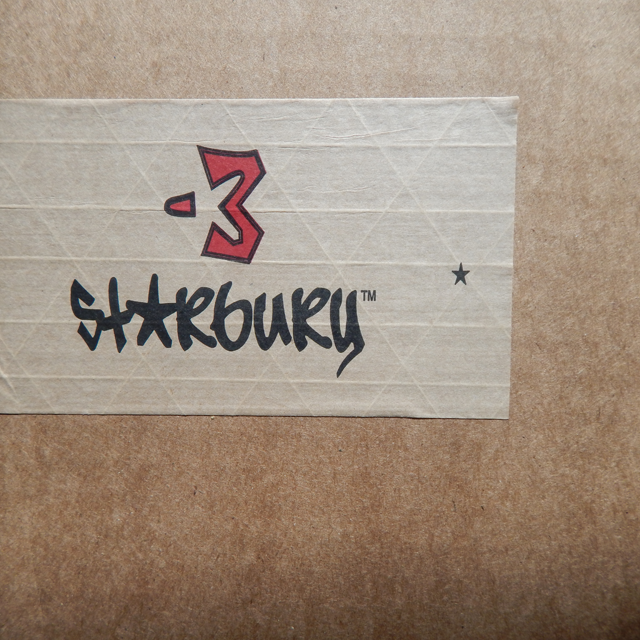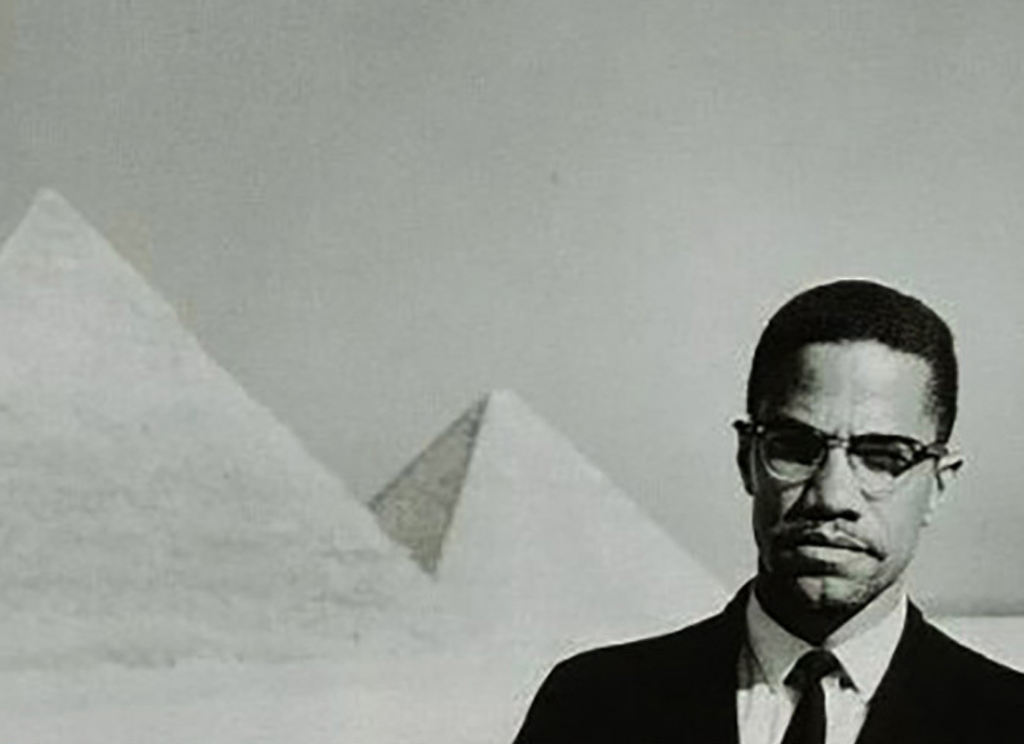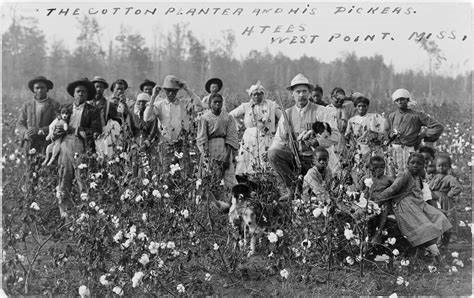






When he was a freshman at Howard University, Stokely Carmichael had an English professor who was to become a Nobel laureate. She was also the future editor of two of his books.
He had this to say about his famous teacher: “My freshman English teacher I’ve never forgotten. She was an instructor and a challenging teacher who was really down with black literature and our people’s culture. But this teacher was unusual in one other important respect: she was young, stylish, and really fine. Her name was Toni Morrison…About eight years later my teacher and I met again when she would be my editor at Random House for both Black Power and Stokely Speaks.”

In his autobiography, Malcolm X recounts a conversation he had with a white reporter who he felt was honest and sincere. He didn’t reveal the name of the reporter because he wanted to protect his identity and spare him any possible backlash he could receive from expressing his admiration for Malcolm X.
Malcolm X said he had an extensive and pleasant conversation with the reporter about the Dead Sea Scrolls, history, archeology, and religion. He said that they discussed Jesus being a man of African descent. Malcolm X described the conclusion of their conversation by saying: “I remember we wound up agreeing that by the year 2000, every schoolchild will be taught the true color of great men of antiquity.”
“A grand game of chess is being played on a level that we can barely imagine, and we are the pawns. Pawns are only valuable under certain circumstances and are frequently sacrificed to gain an advantage. Those who have seriously studied history have probably discovered the real reason we go to war on a regularly scheduled basis.” -William Cooper
“Hypnosis is a disorientation of the inhibitory processes of the conscious mind, bypassing the analytical mind so that one becomes highly responsive to suggestions and information in the subconscious mind. As the conscious mind is busy and preoccupied trying to figure things out, the subconscious mind takes it all in without discretion. If you can disorient people with information (or in today’s world, disinformation), shock, or confusion, you just opened the door to programming their subconscious mind.” -Dr. Joe Dispenza

Plastic, a great invention that was create about 150 years ago, has become an enemy to the planet due to human consumption. The June 2018 Edition of National Geographic focuses on how the over-abundance of plastic on the planet is having a deleterious effect on the Earth.
The aforementioned magazine issue states the following plastic facts:

“An act of 1696, reenacted in 1712 and again in 1722, declared that those who have been sold and their children, are made slaves. By 1725, Governor Arthur Middleton stated that slaves have been and are always deemed as goods and chattel by their masters.
In 1740, The Comprehensive Negro Act abandoned completely the last vestiges of the Barbadian tradition and set slavery on a unique legal foundation. Blacks, Indians, and their heirs were considered slaves, the only colonial law affirming slavery as the presumptive status of persons of color.
The status of Blacks changed from unfree labor to racial slaves. A dark curtain had fallen over the colony. From that time on in law as well as in custom, the wall between white and non-white was set in stone.
The political condition of the African in South Carolina worsened in the 18th century as he was stripped of his humanity as well as his freedom both in theory and in practice.
Slavery in Carolina, from its founding until the Stono Rebellion of 1739, was marked by rising tensions between the races, stricter slave codes, and efforts by whites to maintain control as Blacks increased their numerical superiority.
A ticket was required to leave the place of the master slave patrols enforced the slave code and were on the look out for any signs of rebellion. Punishment of slaves included branding, mutilation, whipping, burning, castration, and execution.
Such measures undoubtedly increased the sense of cohesion among the Black population, but not necessarily a loss of ethnic identity. As Blacks fought back their resistance took many forms including arson, poison, and conspiracy.” -From, “The Gullah People and Their African Heritage” By: William Pollitzer

